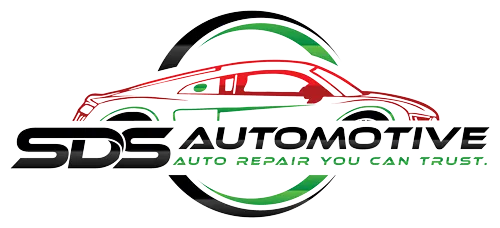A well-functioning radiator is crucial for the proper operation of your vehicle, especially in the Sacramento, California area where temperatures can soar during the summer months. To avoid being stranded on the side of the road with an overheated engine, it’s essential to be aware of the common signs of radiator problems and how to address them promptly. In this article, we will explore the typical indicators of radiator issues and provide solutions to fix them.
Signs of Radiator Problems
- Overheating: One of the most obvious signs of radiator problems is when your engine consistently overheats. If you notice your temperature gauge in the red zone or steam coming from under the hood, it’s a clear indication that there is an issue with your radiator.
- Low Coolant Levels: If you frequently find yourself topping up the coolant in your radiator, it may indicate a leak somewhere in the system. Low coolant levels can cause your engine to overheat and should not be ignored.
- Visible Leaks: Puddles of coolant under your vehicle or visible leaks in the radiator itself are strong indicators of a problem. Ignoring leaks can lead to serious engine damage and should be addressed as soon as possible.
- Discolored Coolant: Healthy coolant should be a vibrant color, usually green or orange, depending on the type used in your vehicle. If you notice discolored or rusty-looking coolant, it may be a sign of corrosion or contamination within the system.
- Unusual Smells: A sweet smell inside or outside your vehicle could indicate a coolant leak. If you notice this odor, have your radiator inspected immediately to prevent further damage.
- Poor Performance: If your vehicle is consistently running hotter than normal or you experience a decrease in engine performance, it could be due to a malfunctioning radiator.
How to Fix Radiator Problems
- Check for Leaks: Inspect your radiator and hoses for any visible leaks. Tighten hose clamps or replace damaged hoses to prevent coolant from escaping.
- Top Up Coolant Levels: Ensure that your coolant levels are within the recommended range. Use a mix of coolant and distilled water as specified by your vehicle manufacturer.
- Radiator Flush: Over time, coolant can become contaminated with rust and debris. A radiator flush can help remove these impurities and keep your system running smoothly.
- Check Radiator Cap: A faulty radiator cap can cause coolant to boil over, leading to overheating. Inspect the cap for any signs of damage and replace if necessary.
- Thermostat Replacement: A malfunctioning thermostat can cause your engine to overheat. Have your thermostat inspected and replaced if it is not functioning correctly.
- Seek Professional Help: If you are unsure how to address radiator problems or if the issue persists after DIY attempts, it is best to seek assistance from a qualified mechanic. They can diagnose the problem accurately and provide the necessary repairs to get you back on the road safely.
By being vigilant about the signs of radiator problems and addressing them promptly, you can prevent serious engine damage and costly repairs down the line. Your vehicle’s radiator plays a vital role in keeping your engine cool and functioning efficiently, so it’s essential to maintain it regularly.
Final Thoughts
Maintaining a healthy radiator is crucial for the overall performance of your vehicle, especially in regions like Sacramento, California, where extreme temperatures can take a toll on your engine. By recognizing the common signs of radiator problems and taking proactive steps to address them, you can ensure a smooth driving experience and avoid unexpected breakdowns. Remember, when in doubt, always consult with a professional to keep your radiator in optimal condition.
